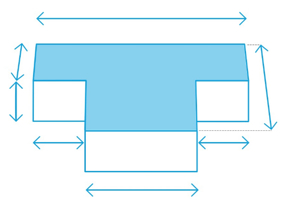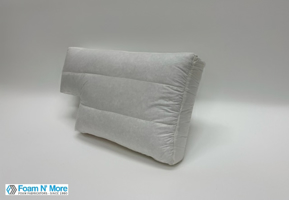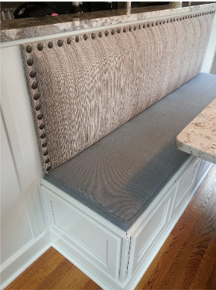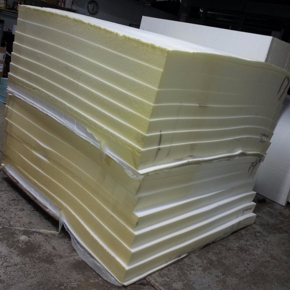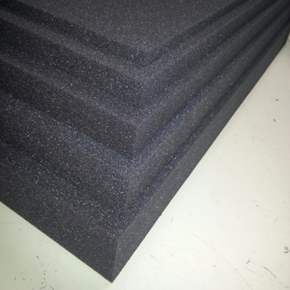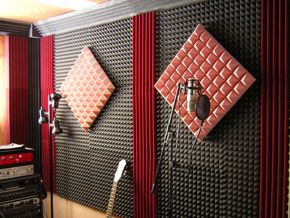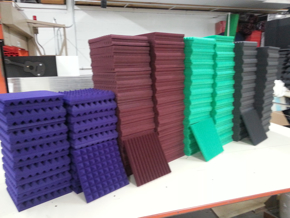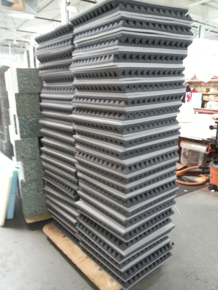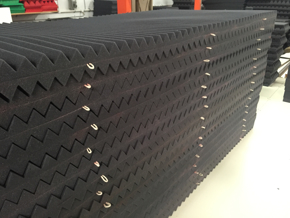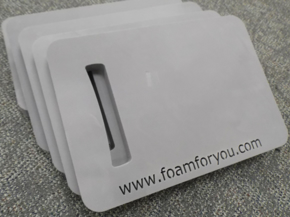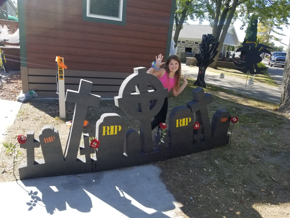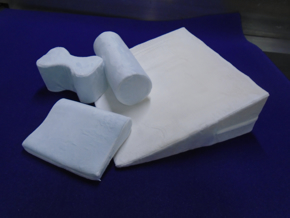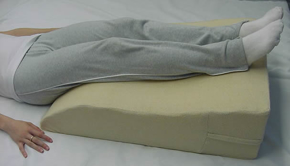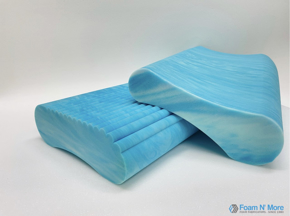Wedge Acoustic and Pyramid Acoustic – What’s The Difference?
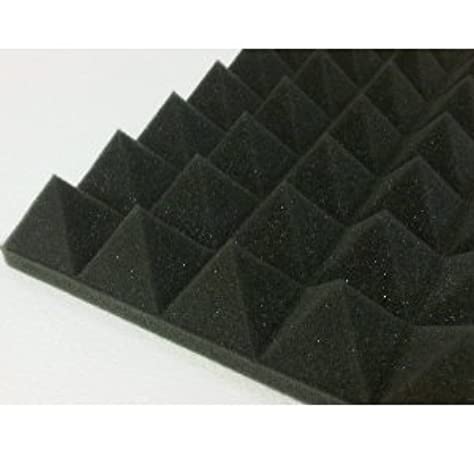


Both Wedge and Pyramid style acoustic foam are great for the absorption of noise waves and frequencies. Although this foam will not deaden noise, both types will certainly absorb a great majority of it. Decreasing the amount of noise is determined by how many foam tiles are applied in the space, and its thickness. Although these two acoustic foams have different looks, they are often mistaken for being quite similar in having the same noise reduction rate. This is definitely not true as you will read about in our NRC specs below. Because the pyramid-shaped foam has to go through a more “in-depth shaping process”, its noise absorption is decreased because there is less foam material on the tiles due to its shape. The wedge foam tile actually has more foam on it because it does not go through as much of a process to achieve its shaping. The thicker you go, the less the style matters but if you are purchasing acoustic foam tiles 2 inches thick or less, the wedge style foam would be the smarter choice for your purchase. The color of the acoustic foam does not affect any noise reduction.
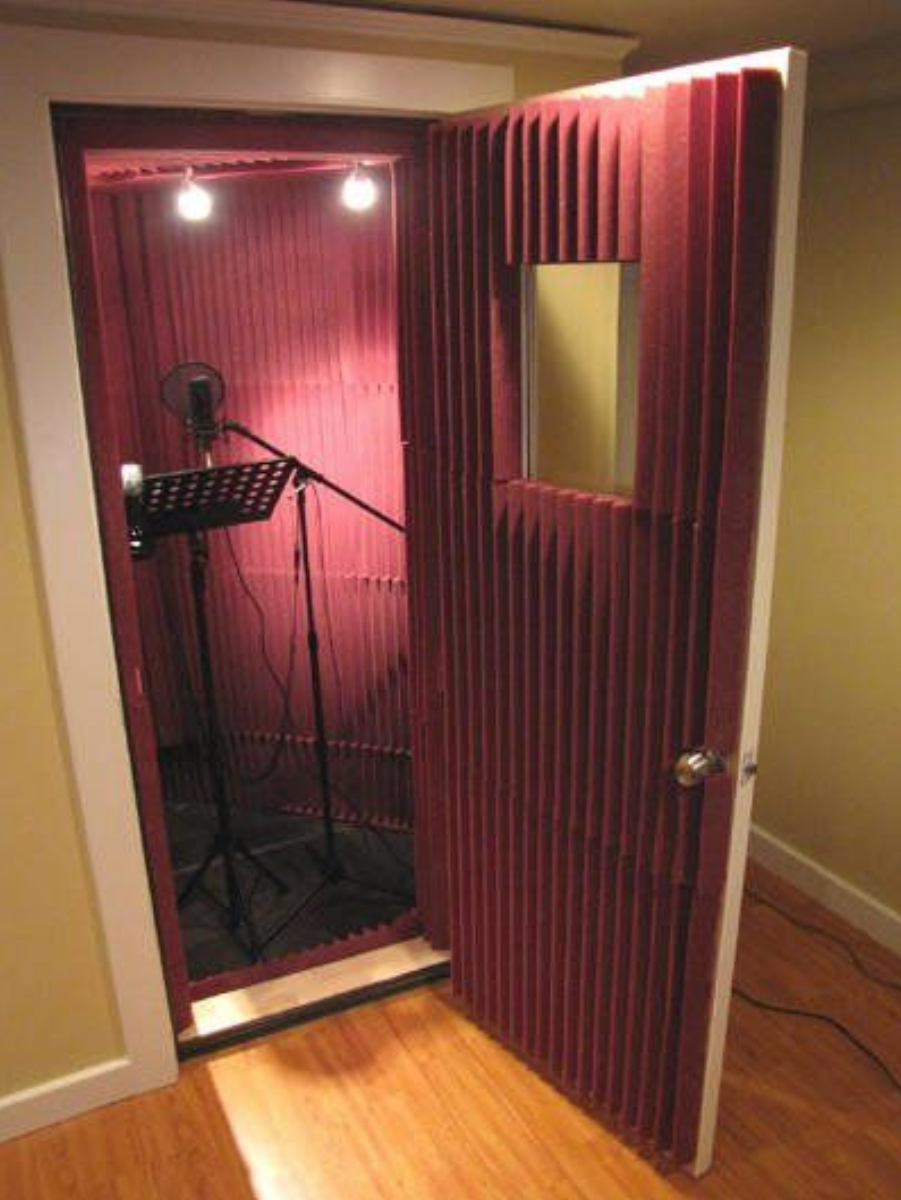
Bass Absorbers and Their Differences
Bass Absorbers are necessary especially in a musical recording space. The more bass absorbers you add, the better the sound quality will be and will eliminate any unwanted mid-to low-frequency sounds. Bass absorbers are usually placed in the upper corners and can be extended to the corner floors closest to speakers allowing for a smoother sound.
Bass absorbers are typically used to dampen low frequency sounding energy which in turn attains a flatter low frequency. They are necessary in order to achieve a great sound.
Typically, bass absorbers are made out of the wedge style acoustic foam and can range in color. When purchasing a bass absorber, we offer 6”, 8”, 10”, 12” and 14” bass absorbers. Do you wonder which one will work best for you? For small room applications like a closet or a small office space, 6” and 8” bass traps is all you need. Anything exceeding 8” of thickness is probably overkill for smaller recording spaces.
The 10” and 12” bass traps are recommended for home theaters and commercial spaces with a room larger than 12’ x 12’. The really big 12” and 14” bass traps are used for churches and concert halls. The larger the spaces, the thicker the absorbers, the better of quality the sound will be.
Any of our size bass traps give outstanding performance for most musical applications whether it be recording, or just listening to music and different sound frequencies. We recommend starting small and increasing the thickness if needed to best suit your needs and sound requirements.
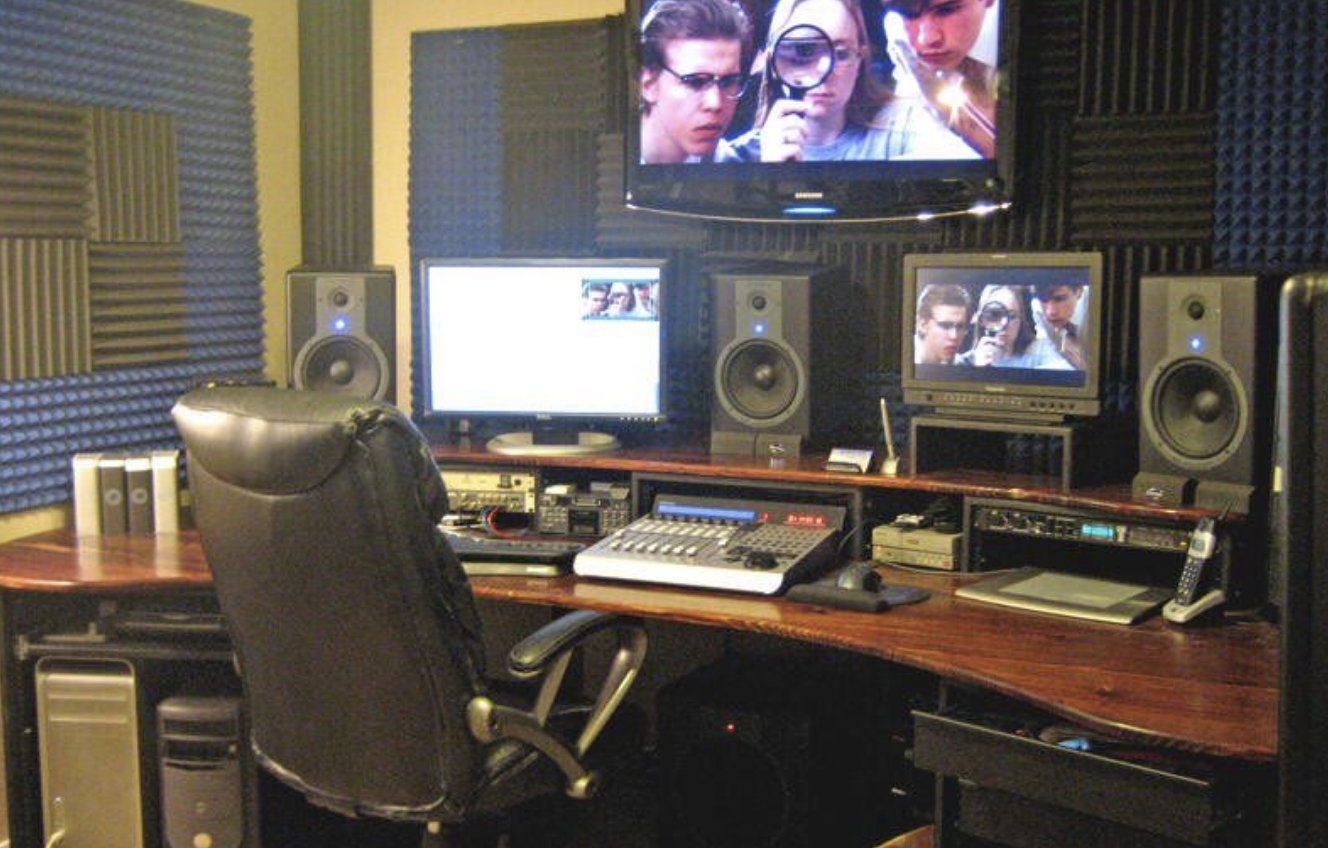
Applications for Acoustic Foam Tiles
Acoustic foam can be used in many different ways. With our wide verity of acoustic foam kits to choose from, you can use this foam in any residential, commercial, and industrial applications. Most acoustic foam is purchased and applied in its natural form. You will just use adhesive to secure the foam to the wall.
Acoustic foam tiles come in both wedge and pyramid shape and in 1” to 4” thicknesses. We also offer cheaper alternative convoluted egg crate foam in 1.5” and 2.5”. These tiles come as small as 12” x 12” to as large as 108” x 82” sheets. Charcoal colors are in stock and can be shipped out quickly. These acoustic soundproofing foam tiles can be applied to any wall surface including the ceiling. It can also be custom made into a stand box for a small microphone for recording purposes. This allows the sound from the vocal cords to project clearly through the recording space for a more crisp sound on the record.
Add a little fun and imagination to your room by using one of our special one-of-a-kind kits. Creating foam columns and foam instruments like guitars or music notes can add to the upbeat décor and enhance the mood in the room while also providing soundproofing. You can be unique and have your personal logo cut out of foam. Foam N’ More offers custom contour cut shapes for added flair.
You are definitely not limited to just these applications. Acoustic foam can be used for all of the described and more! Decorative ceiling tiles and hanging panels can be added to the ceiling if you don’t have wall space or don’t care for the appearance of acoustic foam on walls.
There are various ways to apply acoustical foam. Many commercial waiting areas are using what we call “wrapped sound proofing panels” which is essentially a smooth surfaced acoustic foam applied to a wooden board that is upholstered with fabric. It is then hung on the wall for a more tailored, professional office look. These wrapped soundproofing panels allow sound to be absorbed in a more discrete way so that your waiting room doesn’t “buzz” with noise and disturb the visitors as well as your employees. A lot of commercial business spaces will apply these soundproofing wrapped panels in their staff meeting rooms so that the conversation from inside the room, does not leak out to the outside of the room; allowing business conversations to be more private. Some commercial spaces will even hang acoustic ceiling tiles from their ceilings inside to absorb a lot of the noise coming from hi-low machines, band saws, staple guns, etc.. in an effort to protect their employee’s eardrums while creating a quieter environment.
Acoustic foam is used for so many needs. Let us show you how it can impact your home, office, or musical area. Call Foam N More, the foam fabricator specialists today at (248) 284-0002 for any questions you may have about acoustical foam or for any of your noise reduction needs.

